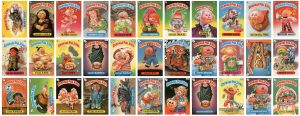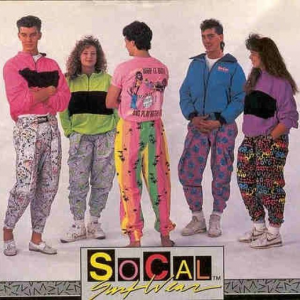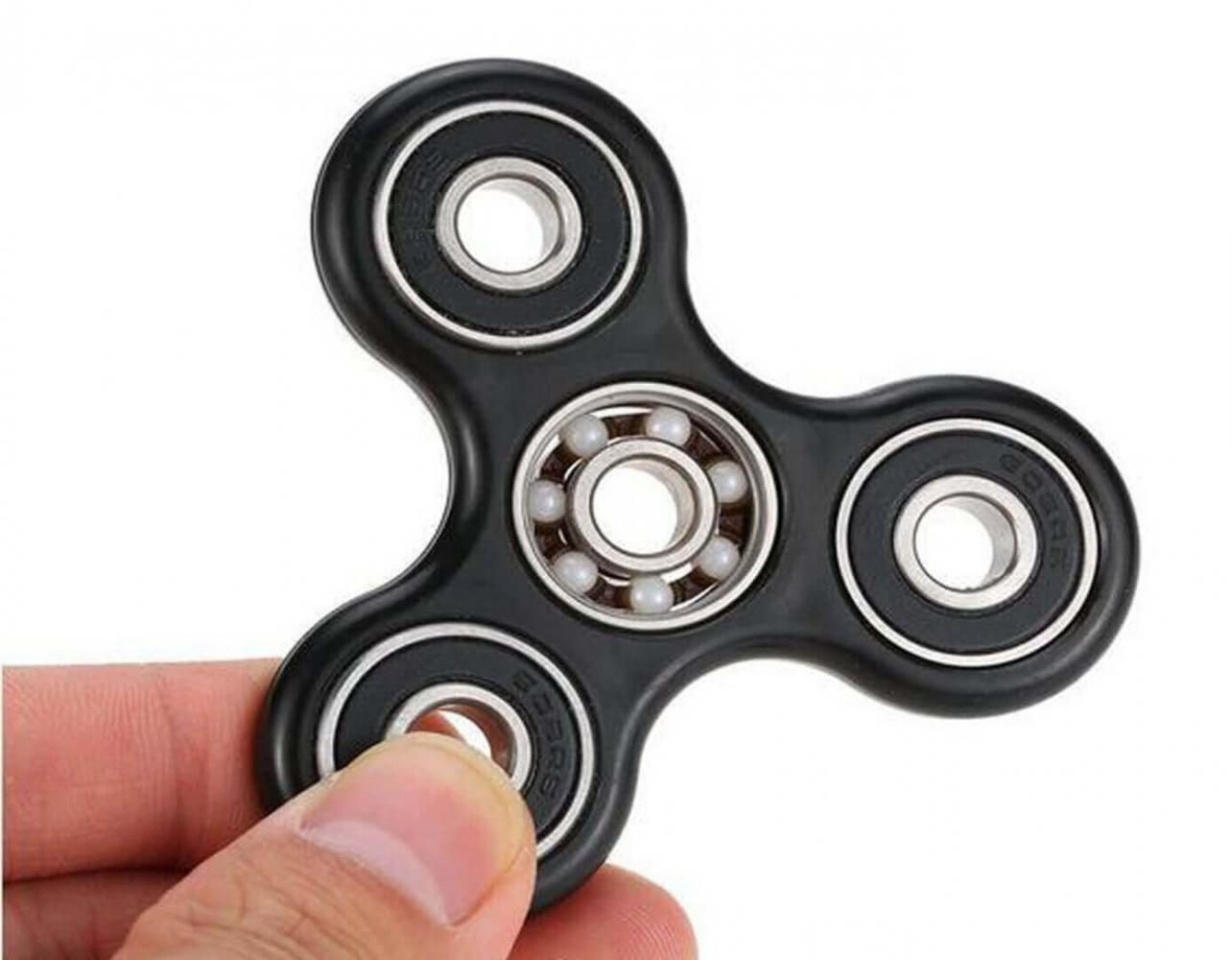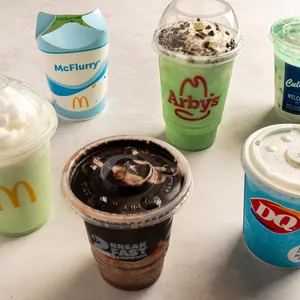Trends to No End
At the start of 2017, fidget spinners were flying off the shelves left and right and stores could not keep up. Amazon was the top seller with millions of fidget spinners sold every month. With all these sales, the inventor of the fidget spinner, Catherine Hettinger, could have made over 500,000 dollars, but her patent for the design expired before they became so popular.
The fidget spinner was designed to help relieve stress and anxiety for adults but instead it became the next big thing with tweens and teens. If someone had a fidget spinner last spring, they were cool. But kids took the trend too far. They used them during school, in class, at home, even in bed at night. Some teachers and entire schools even banned fidget spinners.
Another major fad was Pokemon cards, which were released in 1996 by Nintendo, who made 730 million dollars a year in revenue. A single illustrator Pikachu card is worth 100,000 dollars today.
Nike Elite socks are a huge fashion fad with boys right now. These mid-calf socks feature bright colors that years ago would have been considered ridiculous. But now these socks, which can cost up to $50 for a single pair, are a status symbol.

For girls, shoes trend heavily. Despite their ugly appearance, expensive Ugg boots and now Birkenstock sandals have peaked in popularity as the items girls need to have to fit in.

The question is, are these trends a good way for kids to fit in and make friends, or are they just a waste of time and money? Mrs. Streitman, an eighth teacher, says that trends make kids “feel like a part of the in-crowd. It feels good to be socially accepted.” But she also agreed that some trends–the spinners in particular–are a waste of money and distracting in class.
Mr. Ehrbar said, “ It is easy to be judgmental when it is not a fad that you are interested in but we are blessed to live in a country where we have the freedom to spend our money on what we choose.”
These trends do offer a way to belong. It allows kids to connect and feel confident in their choices under the idea that if many other people like it, it’s okay. When other people share interests, kids can feel less shy about what they like. Mr. Ehrbar says, “People can benefit and feel confident when they have what other people have when it unites them in a common cause or interest.” When kids find a common interest in something they may develop a friendship over a shared fad.
Though fads are always changing, they are not new. Each decade or even year is marked by a new trend. Most adults would agree that when they were young they also wanted all the cool things everyone else had. For example, Mr. Ehrbar says he was into Garbage Pail Kid cards. Mrs. D’Amico reflects on desires for Levi jeans and M.C. Hammer pants. Mrs. Trentanelli looks back on wearing wide-legged JNCO jeans. Mrs. Saunders remembers wearing chokers throughout high school–either thick hemp ones or ones made of thin plastic that looked like tatoos. In all cases, once time has passed, people look back on trends with a bit of embarrassment–realizing too late that what was cool at the time now seems silly.
From then to now, people still love and go crazy over trends, and people of all ages can get into them.











